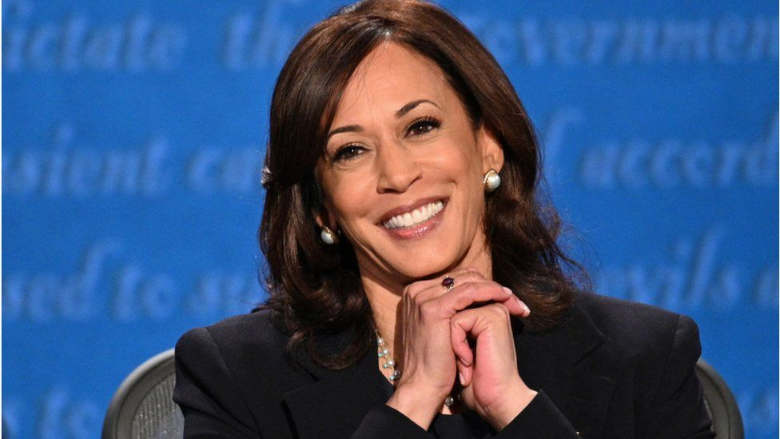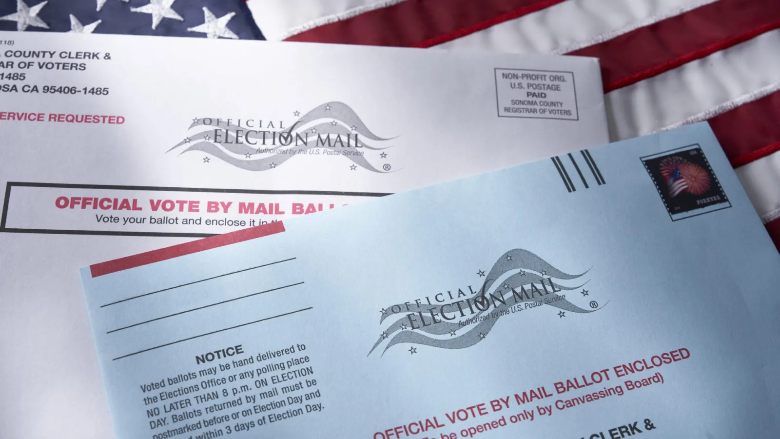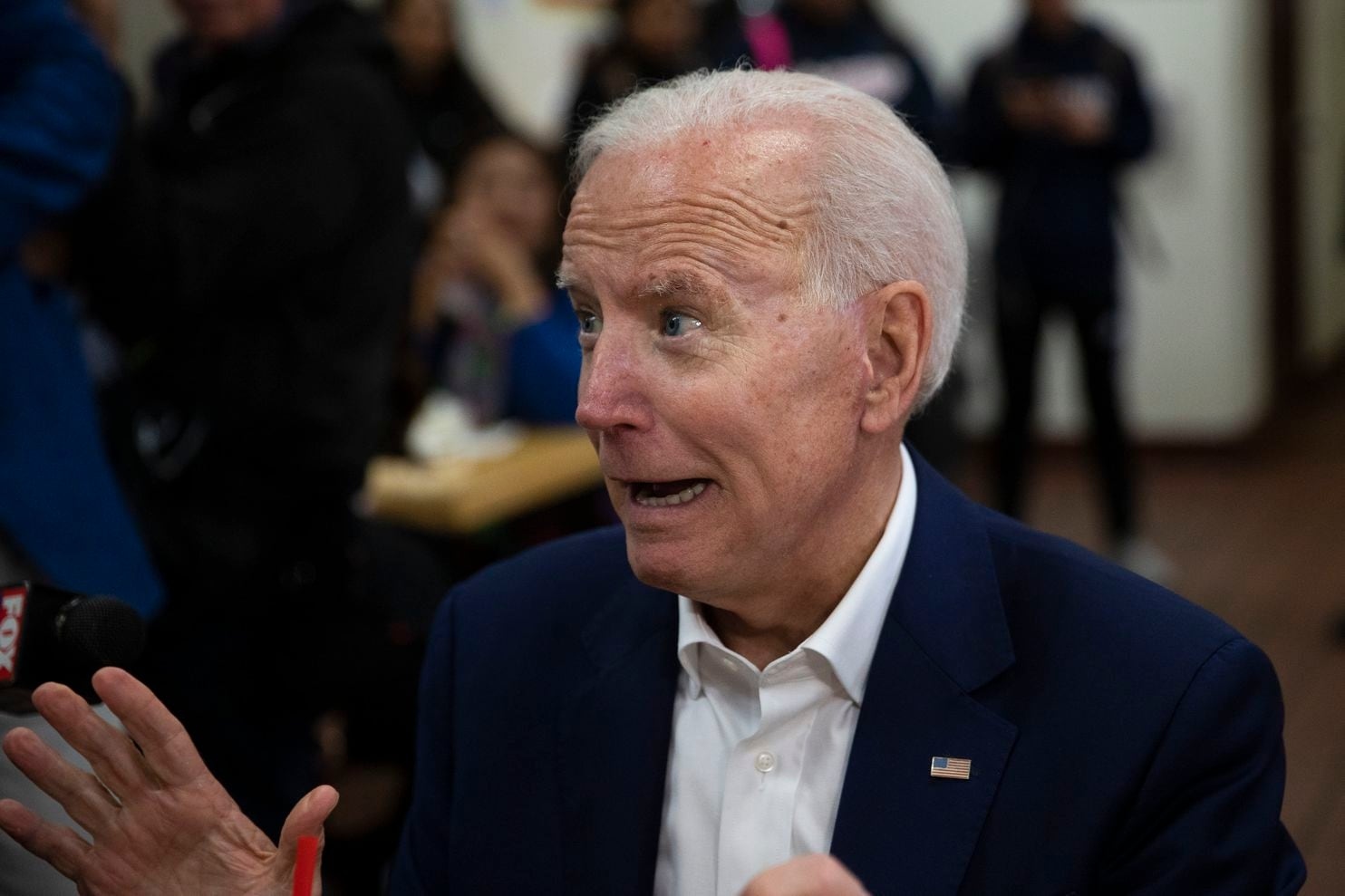The owner of the Los Angeles Times, Dr. Patrick Soon-Shiong, recently clarified the reasons behind the newspaper’s decision not to endorse Vice President Kamala Harris for president, a move that has caused significant controversy and raised questions about journalistic integrity.
For decades, the L.A. Times has consistently endorsed Democratic candidates for president. However, in a surprising turn of events, the paper chose not to endorse Harris, sparking rumors and allegations that Soon-Shiong had personally intervened to block the endorsement. A report by Semafor claimed that the billionaire owner played a direct role in preventing the editorial board from backing Harris in her 2024 presidential bid.
Mariel Garza, the now-former editorials editor at the L.A. Times, confirmed in an interview with Columbia Journalism Review (CJR) that she had prepared a draft outlining an editorial endorsing Harris. According to Garza, she was informed unexpectedly that the paper would not be endorsing any candidate, a decision that reportedly took her by surprise.
However, Soon-Shiong took to social media to address the situation and offer his side of the story. Contrary to the claims, he explained that the decision was not about blocking the endorsement of any specific candidate, but rather about ensuring fairness and balance in the editorial process. Soon-Shiong revealed that he had directed the editorial board to provide an unbiased analysis of both Harris and former President Donald Trump, weighing their policies and their impact on the nation.
“The Editorial Board was provided the opportunity to draft a factual analysis of all the POSITIVE AND NEGATIVE policies by EACH candidate during their tenures at the White House, and how these policies affected the nation,” Soon-Shiong said. He emphasized that the goal was to give readers an impartial look at both candidates and allow them to make an informed decision.
“In addition, the Board was asked to provide their understanding of the policies and plans enunciated by the candidates during this campaign and its potential effect on the nation in the next four years,” Soon-Shiong continued. The idea was for the L.A. Times to publish a side-by-side comparison of Harris and Trump, offering a non-partisan view that could guide voters in their decision-making process.
According to Soon-Shiong, the editorial board chose not to follow this directive. “Instead of adopting this path as suggested, the Editorial Board chose to remain silent and I accepted their decision,” he stated, implying that the decision not to endorse any candidate was ultimately a choice made by the board, not him.
Garza did not dispute Soon-Shiong’s directive for fairness but expressed frustration with the approach. She argued that what Soon-Shiong had outlined was not a true “endorsement” but rather an editorial that avoided taking a clear position. “What he outlines in that tweet is not an endorsement, or even an editorial,” Garza said in her interview with CJR. She added that the purpose of an endorsement is to take a stand, not to simply provide a balanced analysis.
Garza resigned from her position over the issue, stating that she was uncomfortable with the L.A. Times staying silent in such a crucial election. “I’m not OK with us being silent,” she told CJR, adding that “in dangerous times, honest people need to stand up.” Garza acknowledged that the L.A. Times is a “very liberal” newspaper with a readership that predominantly supports Harris. She also admitted that endorsing Harris would have little to no effect on the election outcome, given the political leanings of the paper’s audience.
Despite this, the controversy highlights a deeper issue within journalism. As Garza pointed out, the refusal to endorse Harris — and the insistence on a fair treatment of Trump — seemed to spark internal tensions. For many readers, especially those supportive of Harris, the idea that the paper would avoid outright backing the Democratic candidate was difficult to accept. Yet for others, the fact that an editorial board of such a major newspaper allegedly resisted fair coverage of Trump is perhaps even more concerning.
Columbia Journalism Review executive editor Sewell Chan weighed in on the situation, noting that Soon-Shiong had the right to issue his directive. “I have deep respect for the Soon-Shiong family, who rescued the paper from the doomed and recently bankrupt Tribune Company,” Chan wrote in CJR. “He’s a decent and thoughtful person, and as the owner of the paper, it is ultimately up to him to set the editorial direction.”
The entire episode has exposed the challenges media outlets face when trying to navigate political endorsements, especially in such a polarized climate. While Soon-Shiong’s directive for fairness was rooted in journalistic ethics, the tension between balancing neutrality and taking a political stand has become a contentious issue in newsrooms across the country.
As the election nears, this episode at the L.A. Times serves as a reminder of the importance of journalistic independence, fairness, and the complex role media plays in shaping public opinion.



